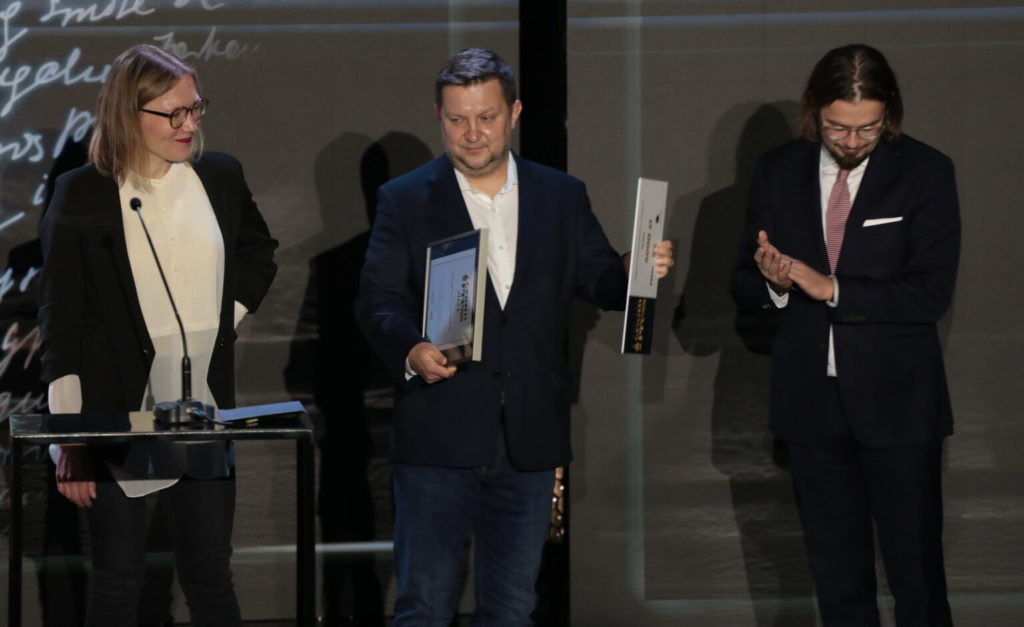To mark World News Day on September 28, 2022, the World News Day campaign is sharing stories that have had a significant social impact. This particular story, which was shared by The Globe and Mail (Canada), was published on June 29, 2022.
A Globe investigation found nurses at Pangnirtung’s understaffed health centre were begging for help from the territorial government in the summer of 2021 as TB spread and officials held off on publicly declaring a crisis.
Early last September, nurse Jennifer MacNab was approaching a breaking point in her fight against tuberculosis in the Nunavut hamlet of Pangnirtung.
For weeks, she had been calling and e-mailing her superiors, begging for help in controlling the spread of an infectious disease that can be fatal if left untreated. TB cases were mounting and “critical tasks” were piling up, Ms. MacNab warned.
As the only public health nurse working in the fly-in community last summer, she found there weren’t enough hours in the day to trace all the contacts of patients with contagious TB. She estimated there were, “at minimum,” 100 contacts of newly diagnosed patients who needed assessments. She didn’t have time to start everyone who needed it on preventative treatment or to chase down all those sick with active cases of TB to give them their daily pills.
“The TB program needed manpower a month ago,” Ms. MacNab wrote in an e-mail to territorial health officials on Sept. 9. “The program is failing every single day. TB continues to spread. It needs help immediately. I have been utterly clear in my repeated requests. I am at a loss where to go to have my words heard.”
Six weeks earlier, on July 29, Yves Panneton, the nurse in charge of Pangnirtung’s health centre, wrote to some of the same officials to say the community was in the midst of a tuberculosis outbreak. But Government of Nunavut health officials disagreed and held off on publicly declaring an outbreak until late November.
They also refused, until May of this year, to divulge the number of TB cases in Pangnirtung, despite the territory’s top Inuit organization and its information and privacy commissioner pressing the government to report TB cases in all 25 Nunavut communities, just as it had for COVID-19.
Ms. MacNab’s and Mr. Panneton’s e-mails are among more than 200 pages of correspondence and internal documents about the TB outbreak in Pangnirtung obtained by The Globe and Mail through an access-to-information request. The paper trail, along with interviews The Globe conducted with Pangnirtung residents, TB experts, health-care workers and government officials, reveal how the territorial government failed to curb the spread of TB last summer, when declaring an outbreak sooner and deploying more front-line staff to the Baffin Island community might have prevented tuberculosis from infecting as many people as it did.
To read the full investigation on The Globe and Mail’s website, please click here.











